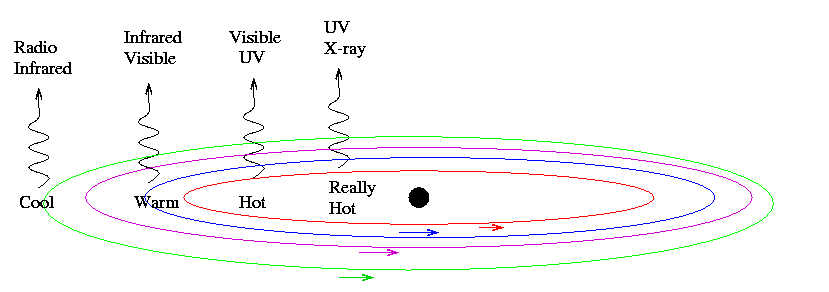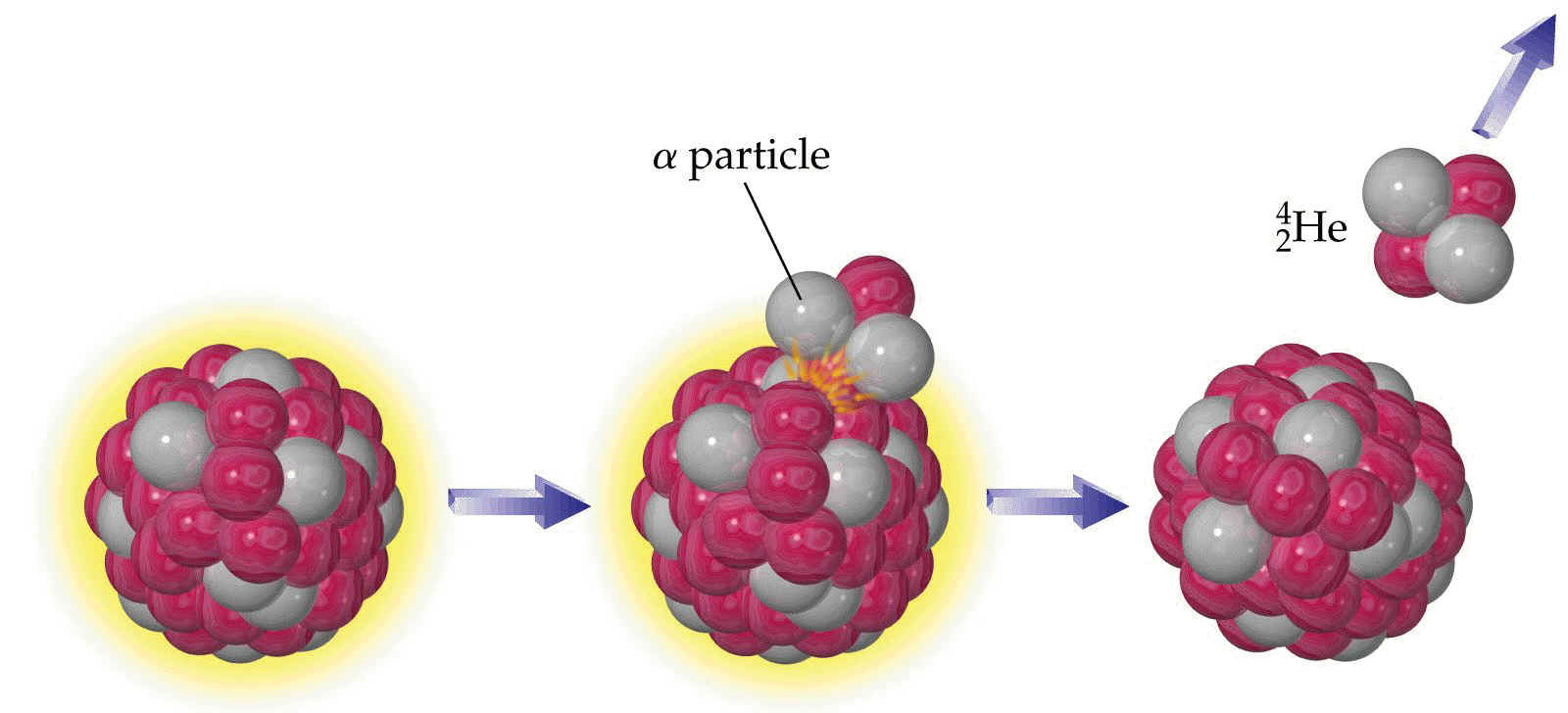
Its discovery would foreshadow many more surprises to come. Then came news of the positron - identical to the electron but with the opposite charge. First, the discovery of the neutron unlocked new ways to peer into the hearts of atoms and even split them in two. Two discoveries in one revolutionary year, 1932, would force physicists to peek underneath the rug. The scheme was appealingly tidy, but it swept under the carpet a variety of hints that all was not well in physics.


That went for everything that ever was or might be, across the vast, unexplored cosmos and at home on Earth. Combinations of those two particles made up all of the matter in the universe, it was thought. And they knew that each nucleus contained a number of protons, positively charged particles identified in 1919. They knew that atoms contained electrons surrounding a positively charged nucleus. Physicists of the 1920s thought they had a solid grasp on what made up matter. That vision of matter was a no-nonsense plaid instead of an ornate brocade. But a century ago, people believed that matter was so simple that it could be constructed with just two types of subatomic fibers - electrons and protons. Diverse varieties of subatomic particles intertwine to fabricate the universe we inhabit.

Matter is a lush tapestry, woven from a complex assortment of threads.


 0 kommentar(er)
0 kommentar(er)
